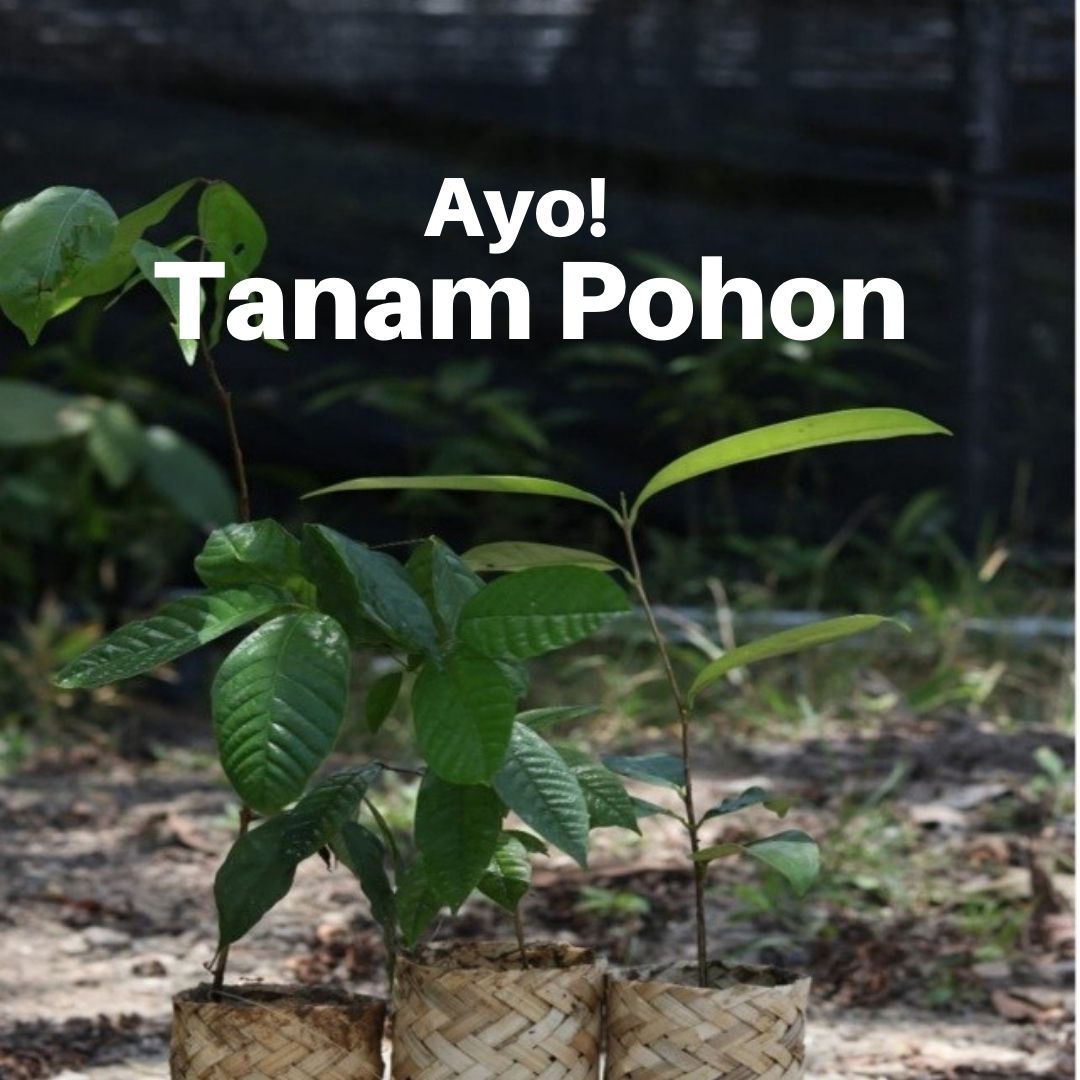The Ministry of Environment and Forestry (MoEF) launched the Peat Ecosystem Management Protection Information System (SiPPEG) which provides information including the Peat Ecosystem Quality Index to detailed Groundwater Level data.
The SiPPEG system will support efforts to strengthen peat protection and management to achieve commitments to reduce carbon emissions to prevent climate change.
SiPPEG was symbolically launched by Deputy Minister of Environment and Forestry Alue Dohong at the Indonesian Pavilion at the UNFCCC COP27 Climate Change Conference in Sharm El Sheikh, Egypt, on Wednesday, 16 November 2022.
“SiPPEG will support the center of excellence in landscape-based peat management and provide many benefits to global efforts to protect and manage peat ecosystems,” Alue said.
SiPPeg is designed to provide information and data in a transparent and accountable manner that can be accessed by the public. Deputy Minister Alue said that SiPPEG can become a platform for sharing experience and knowledge in peat management, including between countries with tropical peat such as the Republic of the Congo, Brazil and countries with tempered or boreal peat.
Mr Dohong said with the involvement of more stakeholders, there will also be more information that can be jointly used for the good of peat ecosystem management.
The Director of Peat Degradation Control at the Ministry of Environment and Forestry, SPM Budisusanti, said that multi-stakeholder involvement in peat management is needed due to the large number of activities and utilization carried out in a Peat Hydrological Unit.
“Collaboration of all parties is a necessity for the management of peat ecosystems,” said Budisusanti.
Indonesia has 24.2 million hectares of peat land which is divided into 865 KHG. The Ministry of Environment and Forestry hopes that a center of excellence in landscape-based peat management can be developed by involving all stakeholders including the private sector, universities and the community.
Budisusanti said that several centers of excellence in peat management already have a strong specific basis with the existence of a Peat Ecosystem Protection and Management Plan.
Deputy Director of Corporate Strategy & Relations at APP Sinar Mas, Iwan Setiawan, said that experts must be involved in developing a strategic approach for a Center of Excellence for peat protection and management.
He explained that in terms of utilization and economic goals, the importance of implementing peatland conservation and restoration should not be ignored. “The private sector must continue to pursue credible data science-based solutions,” he said.
Iwan explained APP Sinar Mas uses remote sensing in peat management for topographical mapping using Lidar technology. The area mapped is around 4.5 million hectares which includes concession areas as well as their surroundings.
Lidar technology contributes to water management, peatland rezoning, and it has confirmed that more than 35,000 hectares of production areas can be retired for restoration. Iwan said that the company is working with experts and specialists in developing production tree species that are suitable for the high peat water table.
Another effort being made is involving the community to prevent fires on peatlands by developing the Desa Makmur Peduli Api (DMPA) program.
Meanwhile, Deputy Director of Sustainability and Stakeholder Engagement of APRIL Group, Dian Novarina, explained APRIL party uses a production-protection approach to peat ecosystems. Based on this approach, the production area fortifies the protection area.***




